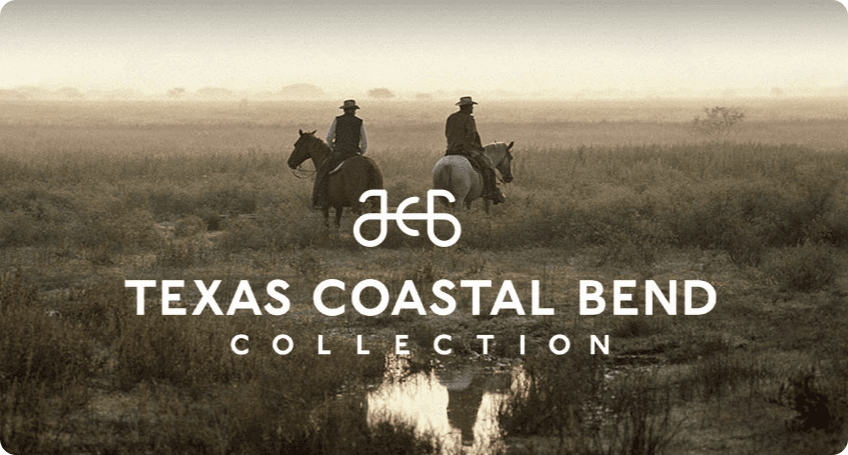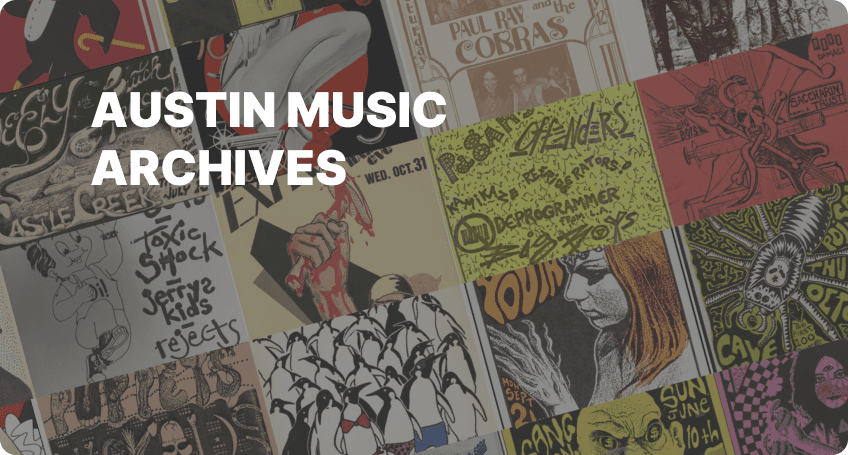Using a suite of user-friendly tools, collections are enriched by crosslinking assigned data points to connect relational assets using custom taxonomies, thus bubbling up the embedded stories for curation in an online museum.
Seeking the sweet spot between the casual visitor and information researcher, StoryArk allows multiple methods of browsing and searching via its exploratory interface, which showcases its key principles:
Focus on relationships, not just objects themselves
We recognize that many people who engage with cultural history collections will not have a deep prior knowledge of the subject and the stories. Topic and subtopic pages are a key focal point in the site design, to draw people in and provide a “landscape” for their exploration.
Provide thematic entry points that make unfamiliar subjects approachable and exploratory
Assets are classified at a very detailed level using an extensive vocabulary that reflects the different thematic, contextual, and personal relationships found in cultural histories. This deep tagging offers users unexpected insights about the material as well as launch-points for further, more focused exploration of a particular subject.
Browse with lateral navigation making every page a portal
Browsing in StoryArk is to experience lateral navigation. Lateral navigation works to cut across pre-determined hierarchical relationships that tend to silo assets, in order to encourage discovery and serendipity. This approach lends itself to exploring relationships, the defining unit of cultural history, by expanding the user’s choice of what’s next. StoryArk’s style of digital storytelling encourages an active user whom we envision as residing at a center point surrounded by a constellation of data points each equidistant from the user.
Allow the collection to grow, and the design patterns to extend for use with other related collections
With its intuitive toolset and extendable architecture, managing collections in StoryArk can be done without technical expertise. The extensive, yet user-friendly, administration interface provides all the tools needed to upload a variety of media types and create the data points that link them together.
Texas Coastal Bend Collection
The Texas Coastal Bend Collection is a cultural heritage site focusing on the ranching culture in Victoria, Refugio, and Goliad Counties. Featuring black cowboys, vaqueros and the Irish immigration, the collection includes over 9,000 photographs and 1,400 hours of audio interviews as well as books, maps, family papers, 19th century ledgers, diaries, videos, genealogies, and artifacts all illuminating a unique tri-cultural history.
Austin Music Archives
The Austin Music Archive is a comprehensive repository and curated online museum encompassing the people, bands, venues, posters and the too oft neglected backline of the Austin music scene. The site aims to cross link all relational assets to facilitate exploration and discovery and bubble up the stories embedded in this rich intersection, really a crossroads, of American music emerging then thriving in Austin, Texas.
Adaptive Filtering
Leverage the power of tiered filtering to discover the diamond, or browse for the surprises. StoryArk's adaptive filtering allows the user to hone in, uncovering hidden relationships propelling new insights. Users can apply multi-tiered filters to sort assets by genre, era, style, place, event, role, whatever data points allow for a more nuanced way to envision a cultural history.
Spotlight Recommendations
StoryArk's landing pages spotlight a curated set of rotating recommendations. These user assists give a quick entry point to where notable threads can be mined. Coupled with StoryArk's grid the user can choose a guide or browse freely.
Audio Navigator
Explore This Feature
Interactive Reader
StoryArk adds a seamless link from the analog view to an adapted “Tales” view. By linearly reorganizing the content thematically and utilizing the vertical scroll for readability StoryArk creates the Tales view, with each Tale a searchable data point. The Tales view fully leverages the digital medium for an analog asset with the flexibility to add additional media enhancements, whether audio or photos or links.
Online Museum
StoryArk’s integrated online museum redefines asset presentation by showcasing assets in relationship. Topics serve as thematic entry points, weaving together concepts and ideas that highlight the broader stories within the assets, while Subtopic pages dive into rich, media-filled modules for focused exploration. Acting as a versatile storytelling facilitator, StoryArk empowers curators, researchers, and users to connect the dots and share new narratives across diverse mediums—whether through film, podcasts, blogs, or academic work.
Explore This Feature
Entity Presentation
The StoryArk platform enables the presentation of a range of entities - people, places, groups, whatever themes define the structure of a cultural history. Each entity's interconnected web of relationships reveals the rich narratives that bind them, offering a comprehensive view of their cultural significance. This approach allows each individual asset to tell its unique story while contributing to the broader tapestry of the collection.
Dynamic Search
StoryArk augments traditional search techniques with a faceted navigation system, allowing users to narrow search results based on the data points within the collection. Most often seen in e-commerce sites, faceted searching enables fine-grained control within each result set - anything from date spans to specific people in photographs.
Ray Parrish
Owner, Creative Director
Cuberis, A Museum Consultation Firm
Ronald W. Davis
Ph. D. Candidate
The University of Texas at Austin
Laura Roseberry
Graphic/Website Designer
Jacques Haba
Senior Manager of Emerging Technologies
Nasher Sculpture Center in Dallas, Texas








